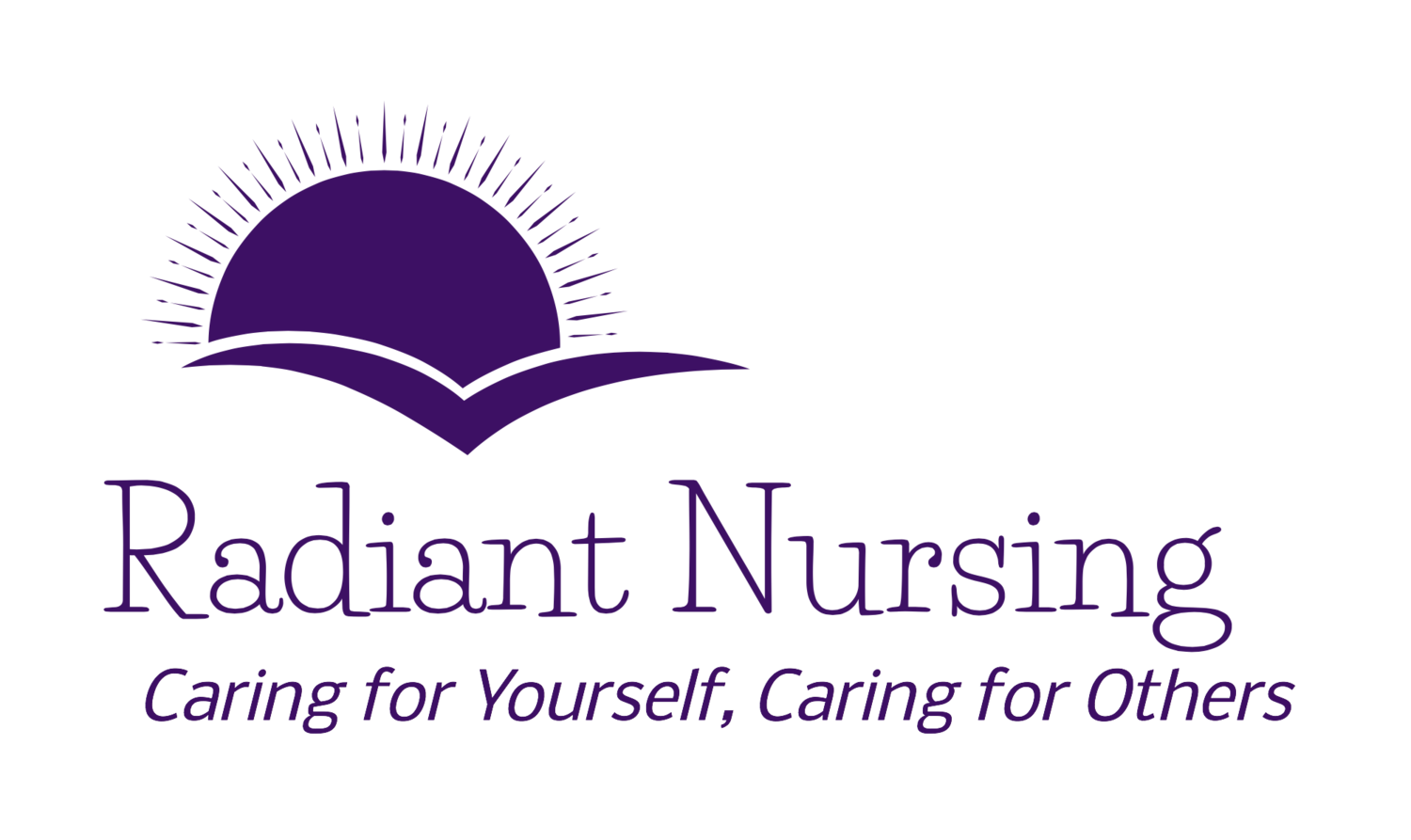Flowers At Home
/Flowers To Brighten Our Days
During the pandemic that started in 2020, we have spent a lot of time in our homes. When I lived in San Francisco, there were flower shops near my workplace, so fairly often, I would bring a small bouquet home to decorate my apartment.
As the years passed, I did this less and less. It seemed to be money better-spent elsewhere and, at the time, it simply seemed a bit extravagant.
Fast forward to the pandemic of COVID-19. Staying home as much as we did, having a vase of flowers in the house was a way to bring a bit of nature inside and to brighten up the space with a pop of color.
Flowers From The Supermarket
Where I live now, I don’t have the dedicated little flower shops of an urban environment. My flowers come from the local supermarket. However, these little flower faces have proven to be just as sweet. They provide an uplifting spot of color, a breath of a living vibration that graces the center of the table.
And I’ve found that I don’t have to spend a lot of money for a small bouquet to decorate our room.
Flowers From A Neighbor
One day, a neighbor stopped by and gave us a bouquet of dahlias. These had come from a specialized grower of dahlias. The song of these gorgeous, full blossoms filled the room with their vibrant melody. The variety of the flowers made for a rich harmony of colors and shapes.
Dahlias, with all their variations, are a magical flower changing shape and color with abandon. They are also the “city flower” of Seattle.
Flowers To Mark Our Journey
All of the flowers that have filled our home have their own song to sing. Sometimes they match the feel of the season or they mark the various celebrations passing by on our calendars. Colors of autumn, Christmas themes, a celebration of hearts, a way to bring warm colors inside our homes during dark, winter nights.
Flowers Bring Nature Inside Our Homes
We decorate our homes with flowers even while remembering that the greatest of nature is outside. Of course, we know this. Yet, to have a tiny bit of nature, albeit in cut flowers, inside our room has the vibration of nature. It calls to us, reminds us of the life-force at the center of these colorful little beings. The sap rises in the stems and suffuses the petals with its energy, its life force. We are reminded of our own pulsing “sap” in our veins, carrying life to all the cells of our bodies. We are a part of nature.
For students of The Radiance Technique® (TRT®), we can connect to the marvels of nature with our Radiant Touch®. By using our TRT® hands-on, holding the flowers, lightly touching their petals when we greet them in the morning, we connect with the essence of nature. “Hello,” we say in our hearts as we add more water to their vase, “thank you for being here with me. Thank you for your existence.”
Even in the toughest of times, we say thank you. We lift our eyes to the sky and whisper our gratitude for this day, for these flowers, for our lives… even while we stay at home.








